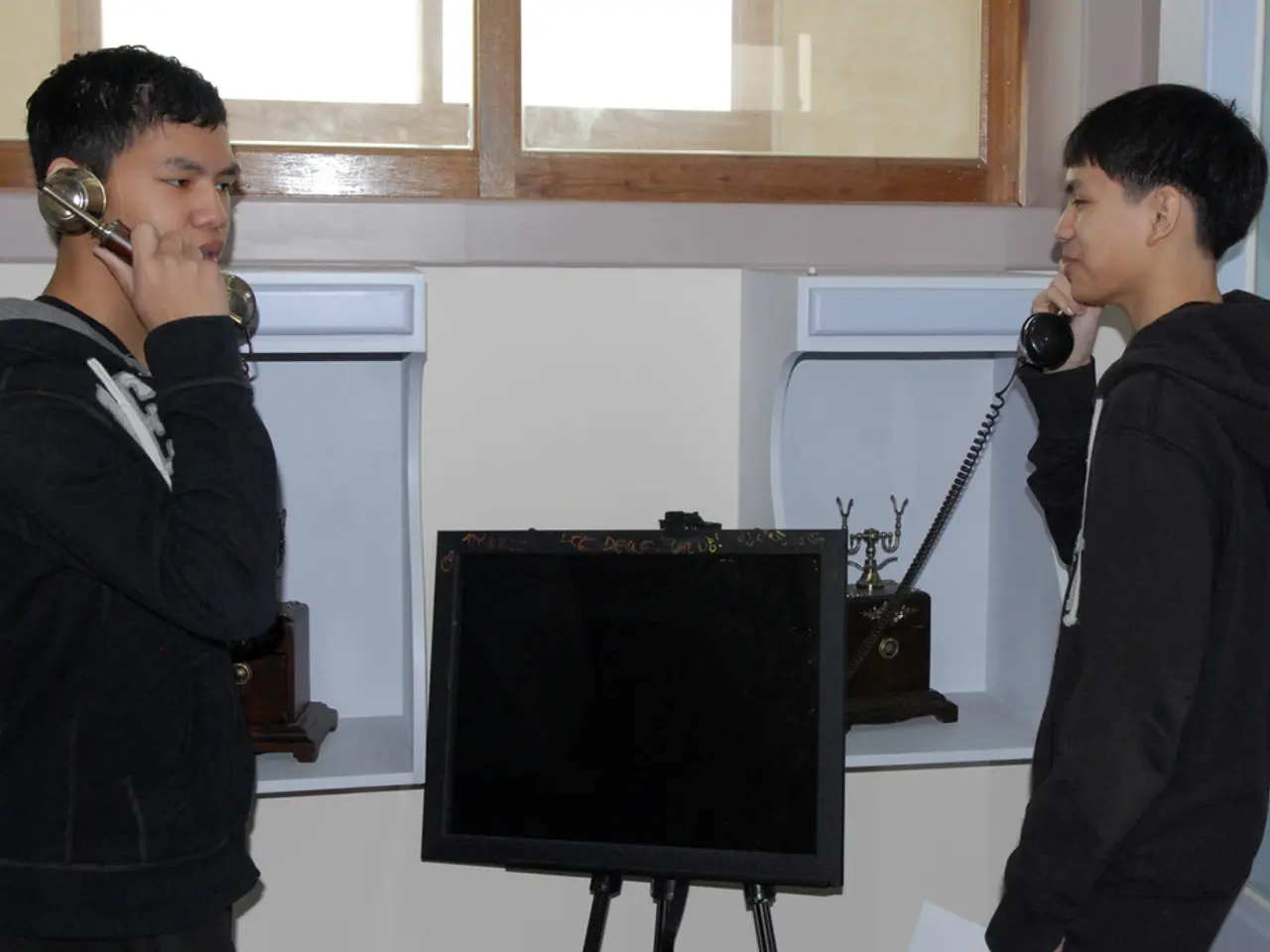No Cellular Connection Required for Rapid Radios: Clarity on Their Communication Functionality
In the face of infrastructure failures, natural disasters, or crisis situations, maintaining reliable communication is of utmost importance. Enter Rapid Radios, a cutting-edge technology designed to keep the lines of communication open even when traditional methods falter.
Rapid Radios are an evolution of traditional communication systems, proving especially reliable in critical times. They boast a host of features that make them invaluable during emergencies when traditional communication methods may be unreliable.
One of the key advantages of Rapid Radios is their ability to maintain connectivity during infrastructure failures and natural disasters that affect cellular towers. In such situations, they can switch to other available networks, ensuring uninterrupted communication.
Moreover, Rapid Radios can connect over long distances using cellular systems, making them ideal for operations in remote areas where line-of-sight radio may be limited. They are compatible with major carriers like Verizon, AT&T, and T-Mobile, and can even connect to multiple cellular networks simultaneously.
The technology's infrastructure independence is another significant advantage. Rapid Radios operate without the need for individual tower systems, and are independent of a single provider's network. This means they can still be used during network outages, providing a vital lifeline for communication.
Rapid Radios also come with built-in failover mechanisms. In case of a network failure, they move seamlessly to another working network, ensuring relevant communication at all times.
The combination of network redundancy and autoswitching ensures relevant communication at all times. This is achieved through the use of Radio over IP (RoIP) technology, which enables radio signals to be transmitted over IP networks such as cellular or satellite links, facilitating extended coverage beyond traditional line-of-sight radio limitations.
In remote locations with limited cellular coverage, Rapid Radios increase the likelihood of finding an available signal. They use IP networks (LTE, 5G, satellite) to carry radio voice and data communications, allowing them to extend beyond standard radio range and ensuring continuous two-way communication.
Furthermore, Rapid Radios operate without the need for channel licensing, providing quick deployment and reducing regulatory hurdles. They also support simultaneous group, broadcast, and push-to-talk communications over wide geographic areas, leveraging the mobile network’s coverage footprint.
Integration with network hardware such as Ericsson Cradlepoint routers further enhances Rapid Radios' capabilities. These routers support dual-band Wi-Fi 6 access points for flexible deployment and can connect Rapid Radios seamlessly to enterprise-grade cellular networks.
In essence, Rapid Radios use RoIP and cellular network integration to extend radio communication range, maintain robust voice and data links, and operate reliably despite cellular network challenges by leveraging IP tunnels across available networks. This makes them an indispensable tool in maintaining communication during challenging cellular network conditions.
With no recurring monthly fees or licensing requirements, Rapid Radios offer a cost-effective solution for maintaining communication during emergencies. Their versatility, reliability, and ease of use make them a valuable addition to any communication system.
Smartphones and gadgets paired with Rapid Radios can significantly enhance communication in crisis situations, as these devices can leverage the radio's compatibility with major carriers and its ability to connect to multiple cellular networks simultaneously. Furthermore, the technology's built-in failover mechanisms ensure seamless transition to another working network, ensuring relevant communication even when traditional communication methods falter.




